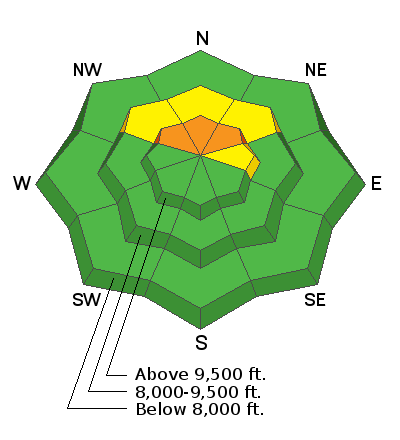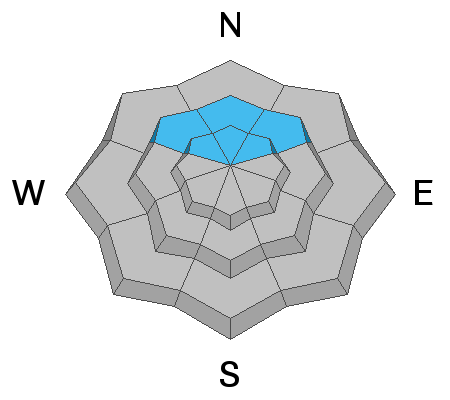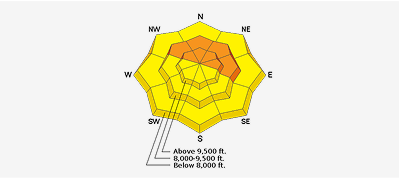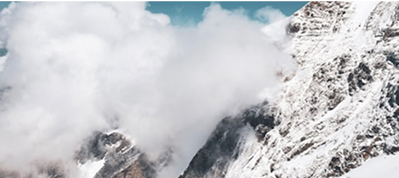Forecast for the Skyline Area Mountains

Issued by Brett Kobernik on
Saturday morning, December 18, 2021
Saturday morning, December 18, 2021
The majority of the terrain on the Manti Skyline has a LOW avalanche danger. However, the danger is CONSIDERABLE on upper elevation steep northwest, north and northeast facing slopes.
The catch is that this upper elevation northerly facing terrain is exactly where we want to go to recreate since this is where the most snow is. Continue to stay on slopes less steep than 30 degrees if you are traveling in this terrain.

Low
Moderate
Considerable
High
Extreme
Learn how to read the forecast here







